Search Results
Showing Results for liver cirrhosis
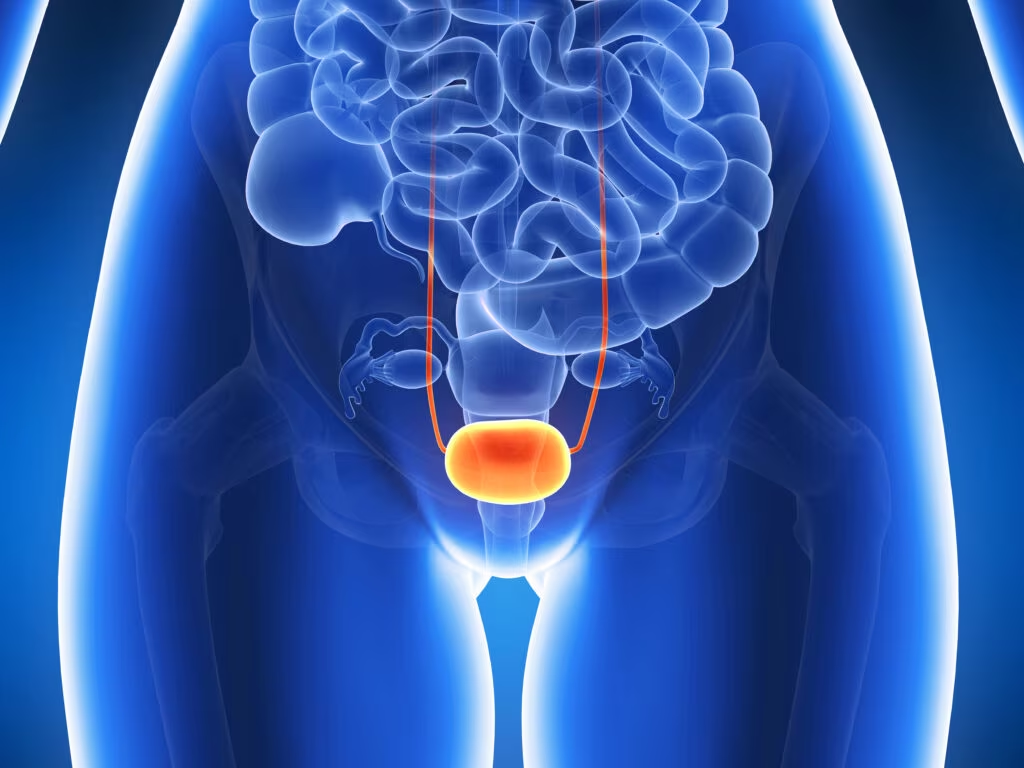
Hyponatraemia is primarily a disorder of water balance or distribution, characterized by serum sodium (Nas) levels less than 135 mmol/L.1 Hyponatraemia is the most common electrolyte disorder among elderly patients and is associated with increased mortality rates and longer hospital ...
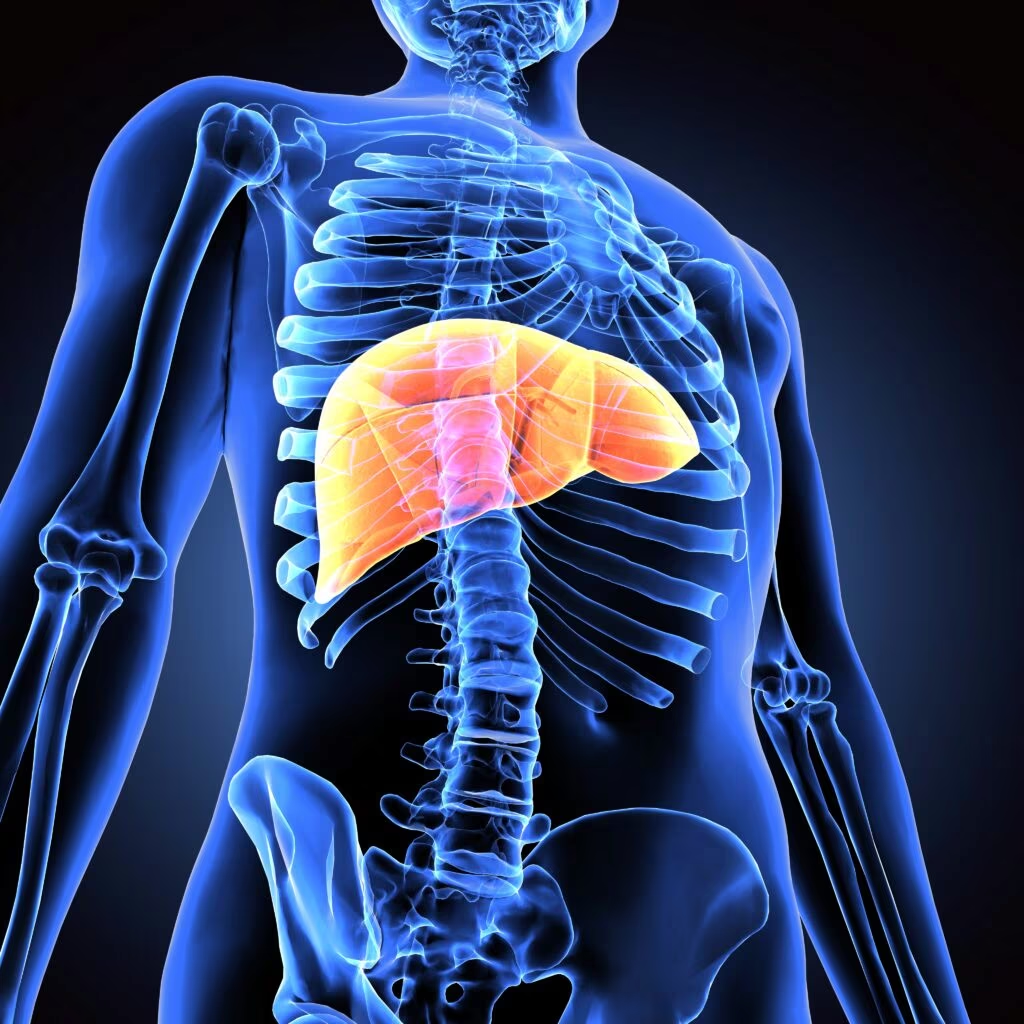
Article Highlights This study aims to find an effective and affordable biomarker panel for early non-alcoholic fatty liver disease (NAFLD) detection in Indian women with morbid obesity, given the rising prevalence of NAFLD and limited accessibility of ultrasound sonography (USG) ...
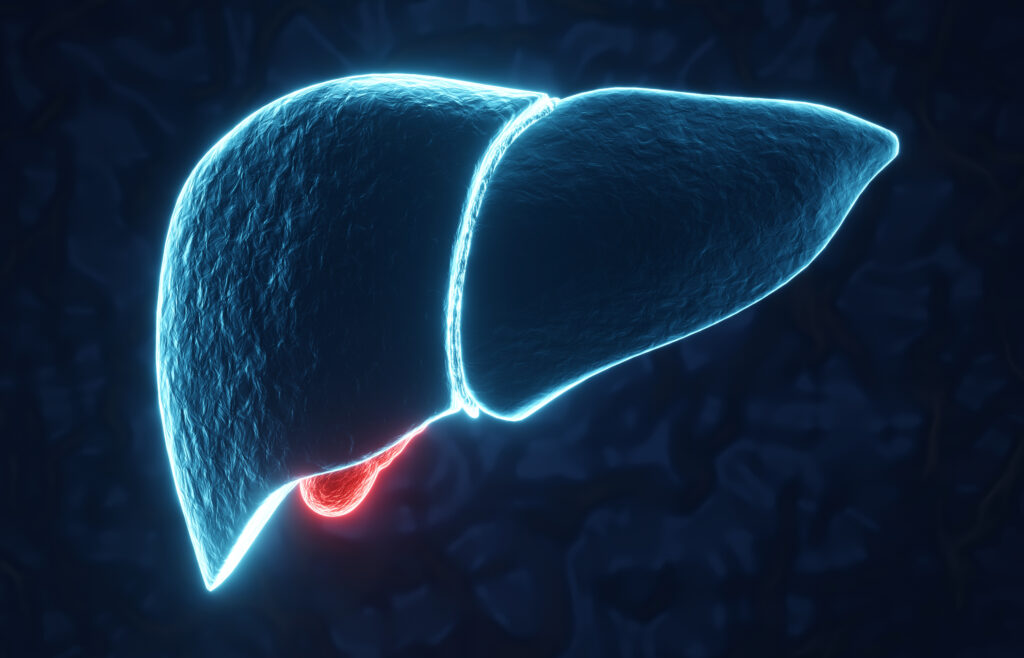
Article highlights There is growing clinical importance attributed to the development of metabolic dysfunction-associated steatotic liver disease in people with type 2 diabetes (T2D). Numerous international groups now advocate screening for advanced fibrosis in people with risk factors, such as ...

In this recent video interview hosted by Sarah Manes, Liver Cancers Program Director at the Global Liver Institute (GLI), medical experts from the USA, Cameroon and Mexico came together to address the significant health disparities in rural communities. The discussion ...
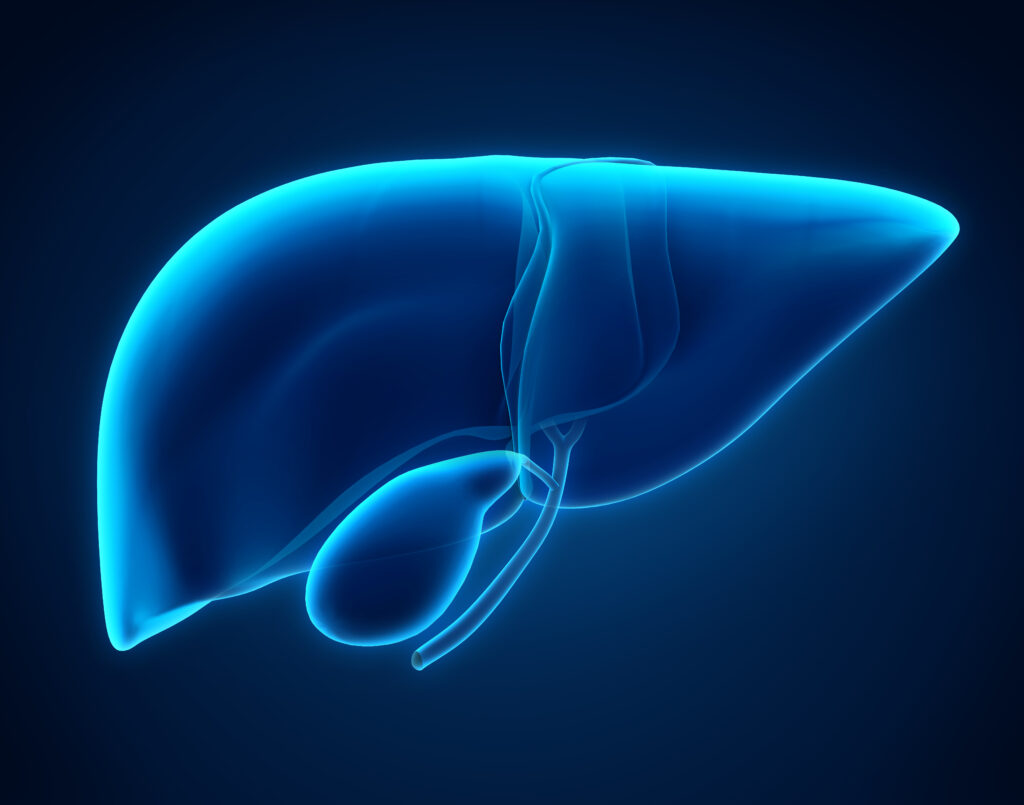
Hepatic steatosis is the liver manifestation of metabolic syndrome and a common cause of chronic liver disease. Nonalcoholic fatty liver disease (NAFLD) diagnosis relies on the presence of hepatic steatosis, defined as >5% fat accumulation in the liver, as observed ...

Type 2 diabetes (T2D) continues to pose an ever-greater global health challenge, with 1.31 billion individuals predicted to be living with diabetes globally by 2050; the majority of whom will have T2D.1 Closely linked to T2D is metabolic dysfunction-associated steatotic ...

There has been an exponential increase in the global prevalence of obesity over the past few decades because of adverse lifestyle choices, such as physical inactivity and overconsumption of macronutrients. The obesity pandemic has contributed to more than 50 different disorders ...

Non-alcoholic fatty liver disease (NAFLD) encompasses a spectrum of fatty liver diseases, including non-alcoholic fatty liver (NAFL) and non-alcoholic steatohepatitis (NASH).1 NAFLD is associated with metabolic disorders, including obesity, hypertension, dyslipidaemia, type 2 diabetes mellitus (T2DM), hypothyroidism and metabolic syndrome.2 ...

Non-alcoholic fatty liver disease (NAFLD), which impacts an estimated 25% of the world’s adult population,1–3 is the principal cause of chronic liver disease globally. NAFLD as a whole represents a pathological spectrum of liver injury, spanning from simple steatosis to ...

Nonalcoholic steatohepatitis (NASH) has a relatively short history as a recognized health condition. The terminology for NASH and its precursor nonalcoholic fatty liver disease (NAFLD) date back to only the 1980s1. As a young disease, the stakeholders from throughout the ...

Craniopharyngiomas (CPs) are rare, benign, epithelial tumours of the sellar and parasellar regions arising as embryonic malformations along the pathway of the craniopharyngeal duct.1 They have an incidence of 0.13 per 100,000 per year to 0.5–2.0 per million per year and are classified ...

Non-alcoholic fatty liver disease (NAFLD) consists of non-alcoholic fatty liver (NAFL) and non-alcoholic steatohepatitis (NASH). It is unclear which specific patients progress from NAFL to NASH and, ultimately, to cirrhosis. However, there is general consensus that, for those patients who ...

Renal tubular acidosis (RTA) is characterized by the impaired ability of the kidneys to absorb filtered bicarbonate or to excrete titrable acid in urine.1 It manifests as normal anion gap (hyperchloremic) metabolic acidosis. RTA may be of four types: type 1 (...

Non-alcoholic fatty liver disease (NAFLD) is the most frequent cause of chronic liver disease globally; it is histologically classified into non-alcoholic fatty liver (NAFL) and non-alcoholic steatohepatitis (NASH).1 NAFL is characterized by the presence of >5% of hepatic steatosis without ...
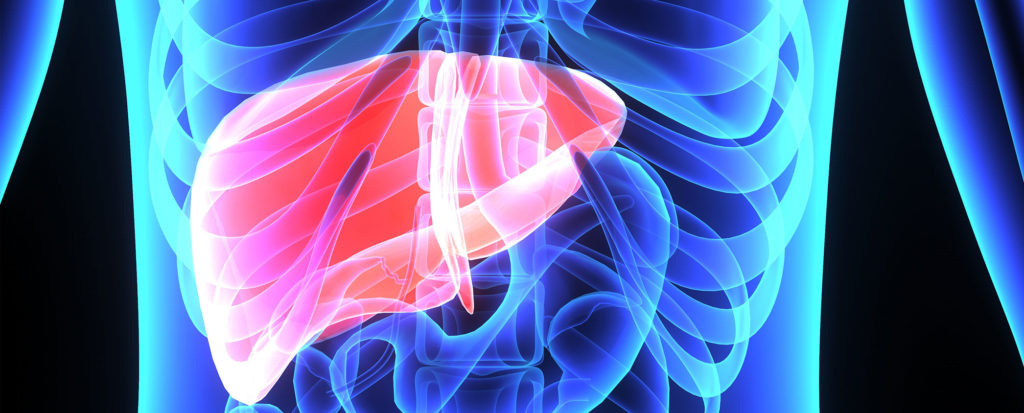
The prevalence of obesity is rapidly increasing across the world. In India, about 12.6% women and 9.3% men are obese, amounting to more than a 100 million population.1 Obesity, which was earlier considered to be a growing problem only in metropolitan cities, is ...

The International Diabetes Federation (IDF) estimates that 463 million people worldwide suffer from diabetes, 90% of whom have type 2 diabetes mellitus (T2DM), and expects the total healthcare expenditure on diabetes to reach US$ 845 billion by 2045 from US$ 760 billion in 2019.1 People with ...

Acromegaly is a chronic disorder characterised by growth hormone (GH) hypersecretion, predominantly caused by a pituitary adenoma.1 Disease prevalence ranges from 2.8–13.7 cases and annual incidence is between 0.2–1.1 cases/100,000 people; however, real incidence is likely much higher.2,3 Average age at diagnosis ...

There are two major forms of diabetes mellitus, type 1 (T1DM) and type 2 (T2DM), with the latter being the most common form, accounting for over 90 % of cases.1 Further, with the epidemic of obesity, T2DM can occur at any ...
Latest articles videos and clinical updates - straight to your inbox
Log into your Touch Account
Earn and track your CME credits on the go, save articles for later, and follow the latest congress coverage.
Register now for FREE Access
Register for free to hear about the latest expert-led education, peer-reviewed articles, conference highlights, and innovative CME activities.
Sign up with an Email
Or use a Social Account.
This Functionality is for
Members Only
Explore the latest in medical education and stay current in your field. Create a free account to track your learning.

